
drtreelove
-
Posts
1,890 -
Joined
-
Last visited
Posts posted by drtreelove
-
-
On 12/4/2019 at 3:25 AM, jason047 said:
Here they have nice choice https://precious-cactus.com/collections/plants
Here's another useful site:
-
2 hours ago, djayz said:
What does IPM stand for?
Integrated Pest Management.
-
 1
1
-
-
On 11/29/2019 at 6:51 PM, ireckonso said:
I just post here in the general farming as thats where most people peruse the posts. Hope to exchange info in the future more.
I think there is less interest in the organic subforum, and less need to separate organic vs conventional chemical farming, as the intelligent grower's cross-over into organic methods and materials and IPM continues to gain momentum.
-
 1
1
-
-
Welcome to the Farming Forum. And thanks for the contribution of information.
Did you notice that there is an Organic subforum. Your post could have gone into the pinned subject
Useful Links, Resources And Suggested Reading
The organization that you linked to is in Santa Cruz California, where I am at the moment recovering from hip replacement surgery. I didn't know about that org, I'll have to gimp down the street and check it out. don
- 16,358
-
- Popular Post
- Popular Post


Raintree (Albizia saman. syn Samanea saman)
Mae Ping River Cruise boat landing. Chiang Mai
-
 4
4
-
- Popular Post
- Popular Post
-
- Popular Post
- Popular Post
'

Rainbow Eucalyptus (Eucalyptus deglupta) Doi Suthep-Pui NP Headquarters, Chiang Mai
-
 3
3
-
 1
1
-
4 minutes ago, drtreelove said:
Consider longan (lamyai) especially if you are in the north.


-
Consider longan (lamyai) especially if you are in the north. Or lichee if you are at a higher, cooler elevation.
https://www.thaigardendesign.com/plant-lists/
-
I have not seen spinosad in Thailand, but if I were looking for it, if not found on Lazada, I would call Khun Vipaporn, the English speaking owner at Limsakdakul Chemikasate, big ag chemi importer and distributor in Chiang Mai. If she is not available, her Thai speaking sales people will be able to tell you if they carry it, and if they will ship to you.
There is a spinosad product that I found online called Success, from Dow Agrosciences, which appears to be registered in Thailand.
I have not used spinosad products because I find them on the more expensive side of biopesticide costs, and I have other more affordable favorites. But it is an interesting insecticide. It would be appropriate for citrus leaf miner, because of the translaminar property, ability to penetrate leaf surface and get to the larvae where they are feeding between the upper and lower leaf surfaces. But with the waxy cuticle of citrus leaves, you would need to add an adjuvant, a penetrating surfactant for best results. Spray the lower leaf surface for stomata entry as best possible.
Citrus leaf miner is not usually a killer pest, but it can cause severe disfigurement of the young leaves. I would assess the level of damage and determine if control is really necessary. I would also avoid heavy pruning and high Nitrogen chemical fertilizer, both of which can stimulate excessive new vegetative growth where the leaf miner moths prefer to lay eggs and the larvae feed.
Thanks or posting this inquiry, it reminded me that I wanted to read up more on spinosad. Sorry I don't have the answer you are looking for.
If you can't find spinosad, consider abamectin (not organic program compatible) a very effective translaminar. Imidacloprid is widely used for CLM. It's a slow moving systemic for root uptake, but has a long, full season effectiveness. Or an organic program compatible approach could be horticultural oil to smother eggs if you get the timing right and do repeated sprays through the growing season). My favorite preventive is 70% neem oil every two weeks, but that also is hard to find in Thailand. YOu could add an azadirachtin neem concentrate as a repellent and reproductive disruptor for the moths along with a summer hort oil.
http://ipm.ucanr.edu/PMG/r107303211.html
https://ipmworld.umn.edu/thompson-spinosad
https://www.growertalks.com/Article/?articleid=22487
-
 2
2
-
-
1 hour ago, JungleBiker said:
With all due respect, Albrecht's Base Cation Saturation Ratio (BCSR) method was developed in the 1930s (so it is hardly a new agronomic revolution). And furthermore, it has since been debunked.
https://www.farmersweekly.co.za/opinion/by-invitation/the-albrecht-system-uneconomical-outdated/
https://dl.sciencesocieties.org/publications/sssaj/abstracts/71/2/259
I said "Albrecht inspired" The term BCSR is controversial and practices have been modified by modern proponents. The soil testing system and practices have followers around the world because it works. 10 years ago on this forum Rice 555 introduced me to Michael Astera's work, an Albrecht inspired agronomist, author of The Ideal Soil. After over 50 years of horticulture, as my father before me, it is the first set of principles and practices that I have seen that can transform depleted soils and revive plantings of all kinds to healthy, pest and disease free state. It's not just a theory for me but a proven practice.
What I do all day, almost every day, is to inspect and assess plant problems and make recommendations for soil and water management and IPM . The cases where I am able to employ Mehlich 3 extraction soil testing and CEC based prescription amendments according to Ideal Soil guidelines, are where I see solid results. Take it or leave it.
-
6 hours ago, kickstart said:
I would say have a look at the mineral containt of the soil as well ,with a mono culture of rice the soil must be short of most minerals .
I can remember before FJ applied the gypsum to his soil he posted a very comprehensive soil analysis ,looking at that analysis the soil was almost RIP dead .
I would say along with 70% ??? of Thai farms organic matter ,or lack of is the main problem .
OM is hard to maintain in the tropics because of warmth and rain and rapid decomp. Green manuring is an economical method to do your best at OM content and other benefits.
The primary problem in Thailand from what I've seen in comparing soil tests from different regions, is extremely low CEC (cation exchange capacity), due to monsoon climate leaching and from cropping use without comprehensive replenishment.
http://www.soilminerals.com/Cation_Exchange_Simplified.htm
-
 1
1
-
-
3 hours ago, IsaanAussie said:
Spot on, true.... Is there a decent soil test lab here yet? Got spoiled for choices back in Oz over the last few years. Can also guarantee there has been nothing put into my farm since I left other than NPK.
If you have been using Nutri Tech soil testing, http://www.nutri-tech.com.au/ then you have certainly been spoiled by the best, and I would recommend putting the effort and a little money to continue with their modern program, or send to the lab we use in the US. https://loganlabs.com/. Evolare, bonemeal.net is now using this lab and has run tests for several farms throughout Thailand. All I've seen are yes, very deficient in the major anions S an P, and the major cations Ca, Mg, K and Na. as well as B, Mn an Zn and sometimes others. I can help with advise on sampling, sending, soil import permit and follow up recommendations for mineral and biological amendments.
Central and the Thai university labs, Kasetsart, MaeJo U, Chiang Mai U are using the old SLAN model (Sufficiency Level of Applied Nutrients) which is outdated and oriented to chemical farming, in comparison with the CEC - cation balancing based model of Dr William Albrecht inspired new agromomy revolution.
-
On 11/5/2019 at 10:43 PM, IsaanAussie said:
I doubt burning the stubble will get rid of the fungus spores so at least at first I will try a biological fix. The difficult part will be keep the soil moisture etc right to encourage the spores to activate and then let the trico fungus out-compete it. Both need conditions and "food" to stay active. I doubt just broadcasting trico spores will do anything much until the next wet.
Got a few ideas on how to do that, hopefully using the stubble to incubate the trico then incorporating it prior to seeding some form of fodder crop.
Good point. Bio-fungicide product input not enough, like Trichoderma h. Must create conditions for beneficial biology to survive and thrive. Humic substances is one important factor.
"Humic substances, such as those listed in the above title, play a vital role in soil fertility and
plant nutrition. Plants grown on soils which contain adequate humin, humic adds (HAs), and
fulvic adds (FAs) are less subject to stress, are healthier, produce higher yields; and the
nutritional quality of harvested foods and feeds are superior. The value of humic substances in
soil fertility and plant nutrition relates to the many functions these complex organic compounds
perform as a part of the life cycle on earth. The life death cycle involves a recycling of the
carbon containing structural components of plants and animals through the soil and air and
back into the living plant.
Man became distracted from the importance of organic compound cycling when it was
discovered that soluble acidic based N P K "fertilizers" could stimulate plant growth. Large
industrial concerns took advantage of the N P K discovery to market industrially processed
"fertilizers" from mineral deposit. Continued use of these acidic fertilizers in the absence of
adequate humic substances (in the soil) has caused many serious sociological and ecological
problems. Man needs to reconsider his approach to fertilization techniques by giving higher
priority to soil humus.
The urgency to emphasize the importance of humic substances and their value as fertilizer
ingredients has never been more important than it is today. All those concerned about the
ability of soils to support plant growth need to assist in educating the public. Humic substances
are recognized by most soil scientists and agronomists as the most important component of a
healthy fertile soil. To illustrate how humic substances function, the following summary, based
on published scientific data, has been prepared as a guide for an educational program. In
addition, by understanding how these carbon containing substances function, professionals will
have a solid foundation on which to design environmentally acceptable sustainable agriculture
programs."-
 1
1
-
-
On 1/19/2015 at 4:17 PM, DonaldBattles said:
As noted, different plants require different types and amounts of fertilizer. Based on my experience using 16-16-16 for jalapeno peppers and tomatoes they both like a lot of nitrogen, water and sun. Water rapidly depletes the nitrogen in the soil. Fertilizing every 15 days for these two items works good for me. A major problem in growing vegetables are fungus in the soil and small spider mites on the back side of the leaves of peppers. Leaf spot and wilt are other big problems. If your plant is exposed to a virus such as tobacco virus there is not much that can be done.
Organic liquid fertilizer diluted properly can be sprayed directly on the plant but remember that the roots do most of the plant feeding.
The Agriculture Department has branches in each province and are very help full regarding insecticides and organic fertilizer. Not related but the Fisheries Department are also very help full.
Believe it or not, one reason that you have all these pest and disease problems is the frequent use of the high NPK chemciial fertilizer. It creates conditions that make the plants susceptible to these problems.
https://blog.nutri-tech.com.au/interview-with-a-master-agronomist-stephan-timmermans/
Stephan: There is no doubt about it. The mismanagement of nitrogen is the biggest player. If you want pests and disease, just start pouring on the nitrogen. Growers put too much importance on this mineral. My most successful growers focus upon having their nitrogen as low as possible. You don’t ever want to undersupply nitrogen, but so many times it is overdone
-
On 10/28/2019 at 7:17 PM, plfomylo said:
hello, so we have to spread these blue balls on top of the plants pots ?
Anything better or more natural to use ?
Yes.
Organic Totto's "bokashi" fertilizer.
https://www.organictotto.com/index.php?lay=show&ac=article&Id=539114073
-
 1
1
-
 1
1
-
-
I don't know specific ID, but possible fungal leaf spots, like Cooked suggests an anthracnose, or an entomosporium leaf spot, which often appear in wet weather. The good thing is that, from the photo, it appears to be only on older leaves. The newer leaves, since dryer weather, appear to be unaffected. That gives you a chance to consider that treatment may not be needed. Some pests and diseases come and go with the seasons, without doing major damage.
My opinion is that you have two options, or use both.
1. remove affected leaves to reduce inoculum (spore dispersal). Wait it out and monitor new growth frequently, especially if it rains again. If it doesn't rain, the disease may not spread to newer growth, and you may not need to do anything except improve soil fertility and water management. Avoid over-head watering.
2. begin a preventive spray schedule. horticultural oil (delayed dormant 1%, as opposed to a stronger 2% dormant concentration that could burn foliage) will prevent superficial infections and also suppress mite infestations that potentially spread fig mosaic virus. 70% neem oil every two weeks is what I would prefer, but I have not seen this formulation in Thailand, only azadirachtin concentrate neem products, which is a great botanical pest repellent, but does not address fungal disease like the oil.
A biological fungicide solution could also be considered, on two week intervals for prevention, one week apart to suppress active infections. Trichoderma h. is available. There are other fungicide options, chemi and home brews.
Drought dormancy as mentioned is common, but not necessarily preferred. It is extremely stressful for the plant and allowing it would be contrary to optimal growing conditions. Best if you have an irrigation system and budget for water and fertility improvements throughout the growing season.
-
 1
1
-
-
On 9/12/2019 at 3:36 AM, MikeN said:
With a bit of help from my missus (before she got bored) I've compiled a list from the previous post ...for anybody who cannot read pictures.
There are some vegetables missing from the magazine's list, such as corn for an obvious one. There are also a few things that seem a bit odd, such as recommending planting lettuce in January and March, but not February ?
Masterpiece! Thanks for the contribution. Should be pinned subject, with follow up and suggestions for modifications from growers experiences.
-
 1
1
-
-
1 hour ago, plfomylo said:
hi, anybody knows if these plants need a lot of water ?
Leaves are turning yellow, could it be lack of water ?
how often to you water these plants ?
thank you.
If in pots, water daily during hot dry season, but depends on potting soil porosity and ability to hold soil moisture.
In the ground, water two or three times a week, unless you have built good mineralized soil with high organic matter content, and you apply a layer of mulch, then you may get away with only once a week. Again it depends on the soil and the drainage and exposure to drying effects of sun and wind.
Chlorosis (yellowing) can be from a nitrogen deficiency, but can also be sulfur deficiency and/or other nutrients.
A porous soil and overwatering will leach important minerals and deplete them rapidly.
Inadequate watering will not provide enough soil moisture to facilitate uptake of nutrients.
It depends on how important it is to you and your budget, and resources available. If mine, I would evaluate the soil and try to get it right, repotting with a better blend if necessary. I avoid high NPK chemical fertilizers and use COF (complete organic fertilizer), compost, aged or composted manures, bat guano, worm castings, to enrich the nutrient density. I use a soil moisture meter to help take the guess work out of watering.
-
 2
2
-
-
On 10/14/2019 at 6:32 PM, Bangkokianbaba said:
If somebody is interested, it's the DWARF JASMINE TREE, JASMINE RADERMACHERA
Thank you! How did you ID it?
I didn't know it and my plant ID phone apps didnt' pick it up from your posted photo.
It appears to be a gem. Wish you could post the fragrance. Did you find it for sale in Thailand?
https://toptropicals.com/catalog/uid/radermachera_kunming.htmI
-
20 hours ago, 1Gringo said:
drtreelove, that sounds nasty.
the sites on pepper growing recommend feeding it to pepper plants every month, though I don't give them that much all that frequently.
I just need a Kg or so.
It's just a wise thing not to load up on one or two nutrients because someone says your plant needs it, and ignore the rest. Balance and the inter relationships of mineral amendments are vitally important to consider.
-
Be sure you need it, don't guess. I just wrote some amendment recommendations based on actual deficiencies found in soil tests for farms in different parts of Thailand. Some were deficient in Mg, some had excess, most had Calcium deficiencies. If you use MgSO4, MgO, or dolomite when Mg is already high compared to Ca, you will mess with the balance and tighten the soil, resulting in poor drainage and aeration and possibly contribute to root rot or other problems.
-
On 9/23/2019 at 9:07 PM, PatOngo said:
Right, what does it matter what it's called as long as it gets you off!
But with local weed, what's gettin you off may have as much to do with the abamectin miticide and myclobutanil fungicide, and who knows what else residual pesticides. Even with supposed organic grows there is a lot of under the table pesticide use, because most growers don't know what to do about mites and mold and other pest and disease issues without hard chemistry.
The best thing about legalization and product lab testing in California has been required pesticide lab screening for product certification. Even with legalization, I can't imagine reliable testing in Thailand, without undisclosed breaches of standards, and payoffs to look the other way.
-
On 10/8/2019 at 9:49 PM, seajae said:
the differing N.P.K amounts tell you what the fertilizer is actually doing, nitrogen is for green growth, phosphurous is great for roots as well as flowers and general plant health/strength and potassium improves fruiting. The amounts of each is very important to the way a tree grows, in Australia I had around 5,000 trees and here I have around 600, I monitor what I use on them to control the way they grow, each element is adjusted to suit their growth. Trace elements are also important as they help the uptake of the fertilizer, the N.P.K are very important to know if you want your trees to grow well and be healthy, organic is the best if you can get it but commercial can be controlled if you cant
I agree that it is important to monitor plant nutrients and fertilizer inputs, but the focus on NPK is only a small part of the picture and often leads to overlooking the other essential nutrients and their relationships to each other and to plant health and productivity.
We should be considering all the major cations Ca, Mg, K and Na and anions S and P, plus the minor, micronutrients B, Mn, Fe, Cu and Zn and their balance within the context of the Cation Exchange Capacity, pH and soil OM%. Plus trace minerals. To shortcut this and only focus on NPK is a limited view and inadquate to explain many disorders that arise from nutrient deficiencies and imbalances.
For example, What about Calcium and its importance for metabolic functions and cell wall strength. And what about Boron, which is important for Ca metabolism?
https://www.croplife.com/crop-inputs/the-importance-of-calcium-in-plant-nutrition/
And what about the Ca to Mg ratio? If not balanced, high Mg to Ca can cause a tight soil that doesn't drain well.
https://blog.nutri-tech.com.au/six-secrets-to-soil-test-success-1/
What about Sulfur, one of the most important plant nutrients but usually not included in chemical fertilizer formulas or even tested for in conventional soil tests.
https://www.smart-fertilizer.com/articles/sulfur
The new and vastly improved approach to agronomy, soil fertility and plant nutrition is worth getting in touch with.
-
 2
2
-
.png.3b3332cc2256ad0edbc2fe9404feeef0.png)






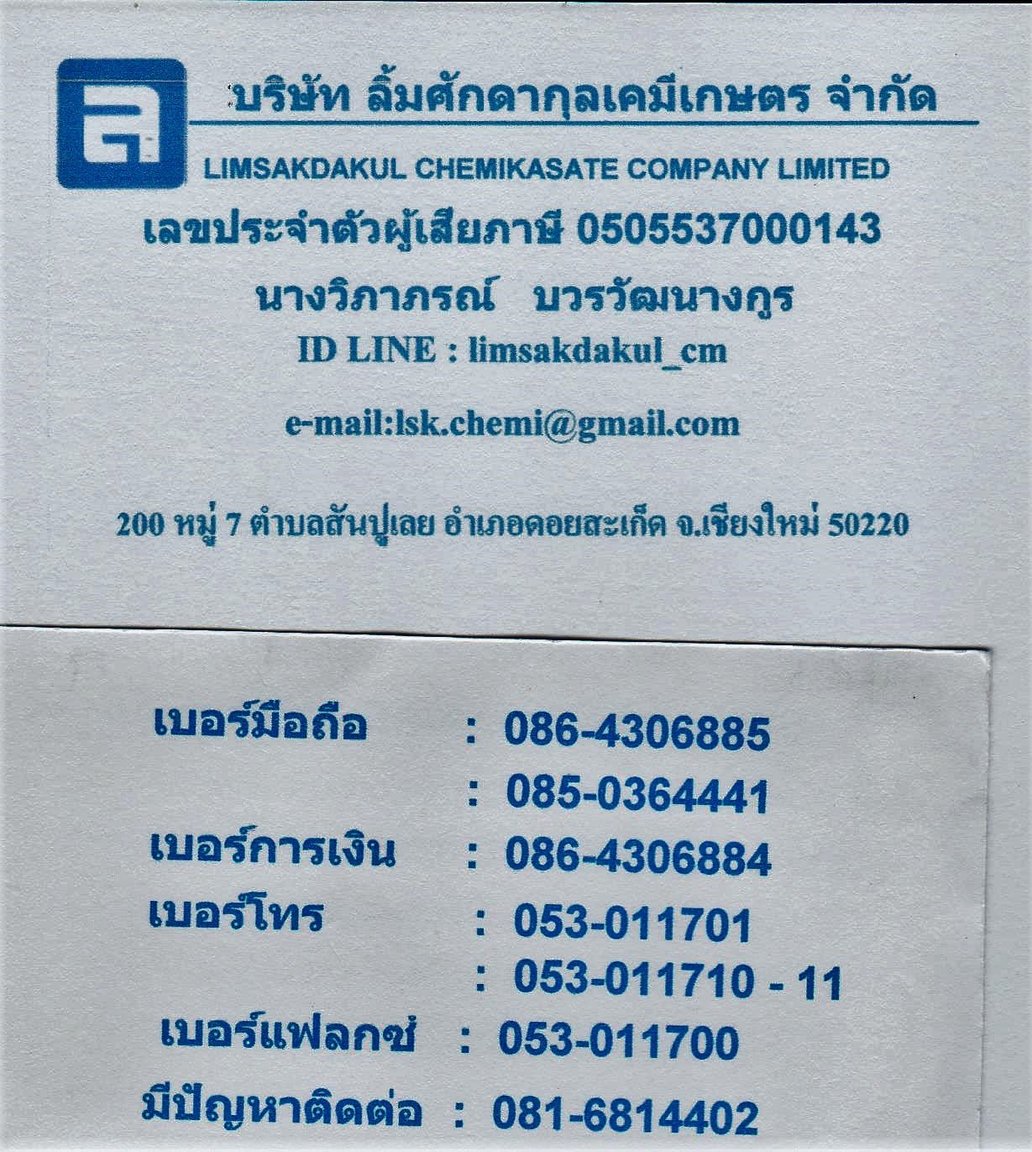

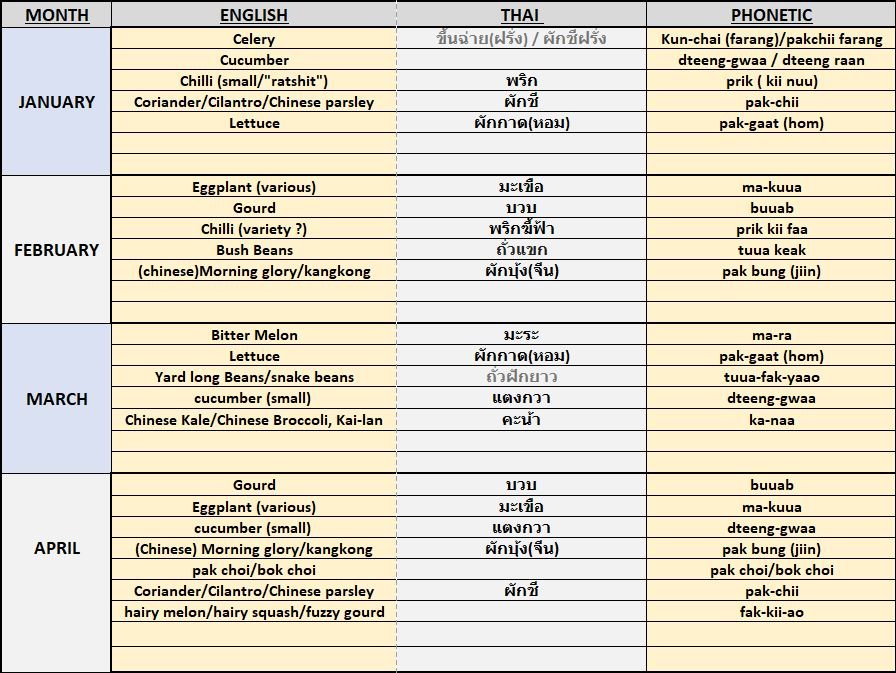
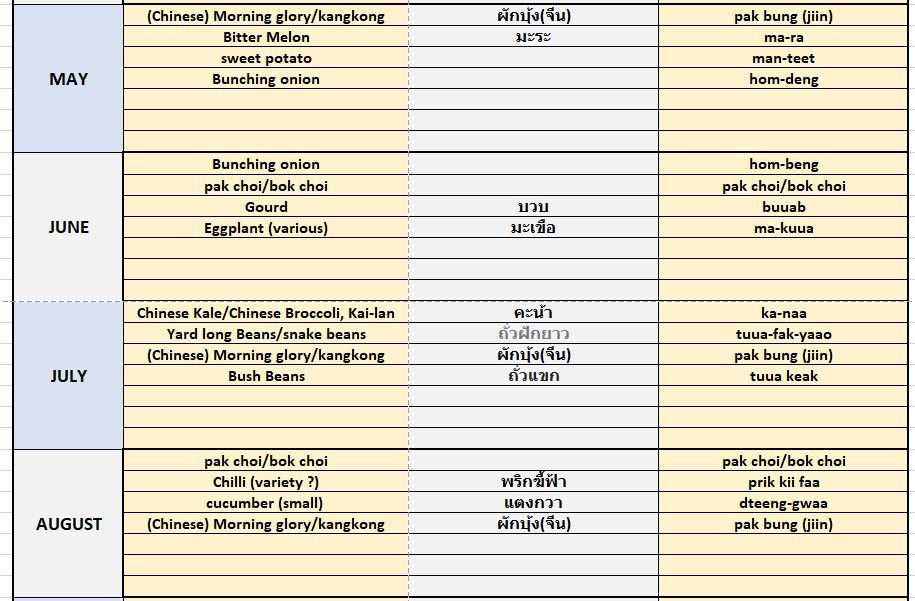
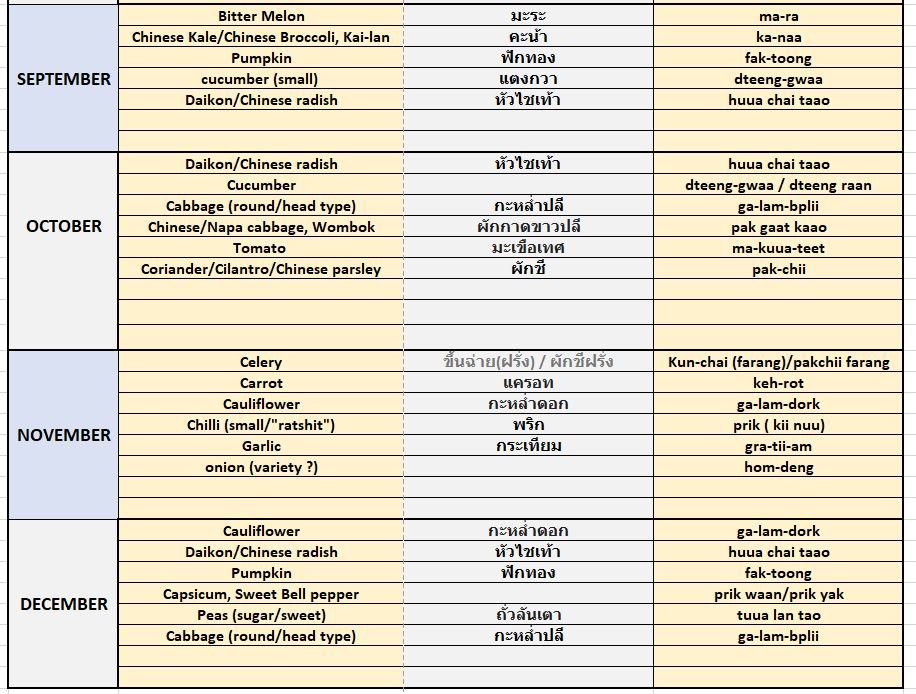
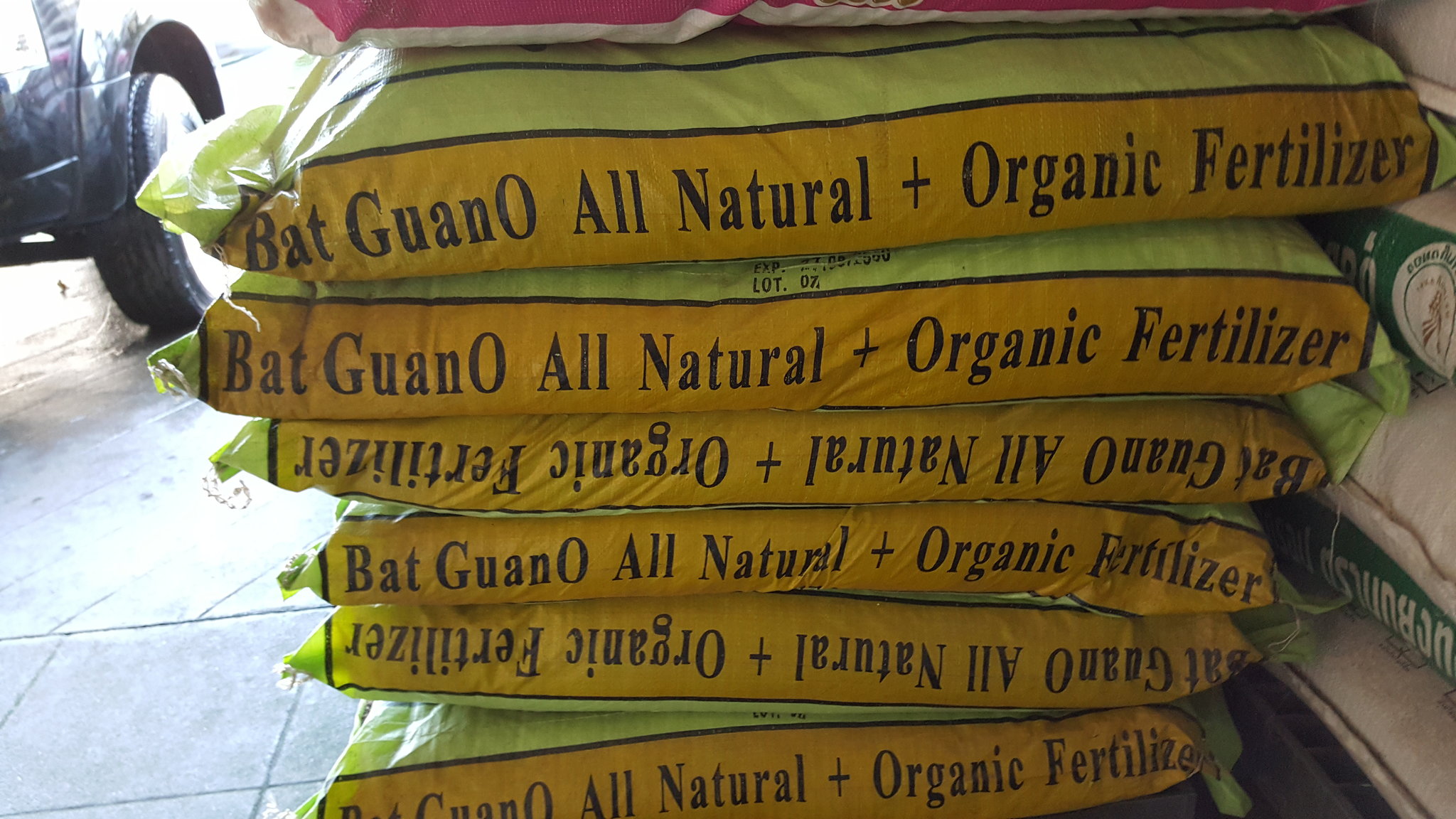
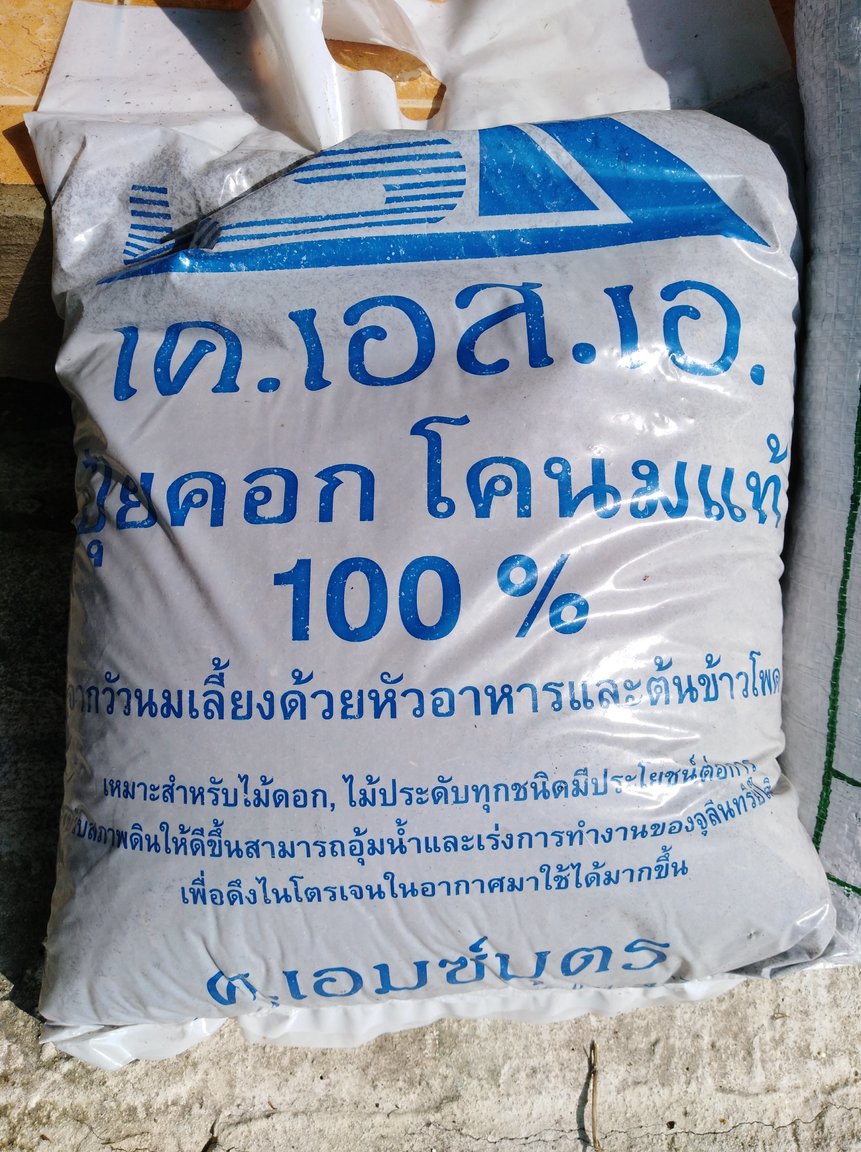
Soil Fertility. In defence of the Albrecht system.
in Farming in Thailand Forum
Posted
I can't find the recent thread now where I mentioned the William Albrecht inspired system of mineralization and soil cation balancing as a basis for building soil heath. Another poster commented that this system has been de-bunked. I heard that before, but here is a link to another opinion and I believe the truth of the matter. Take it or leave it; i find it to be a superior approach.
https://blog.nutri-tech.com.au/in-defense-of-albrecht/